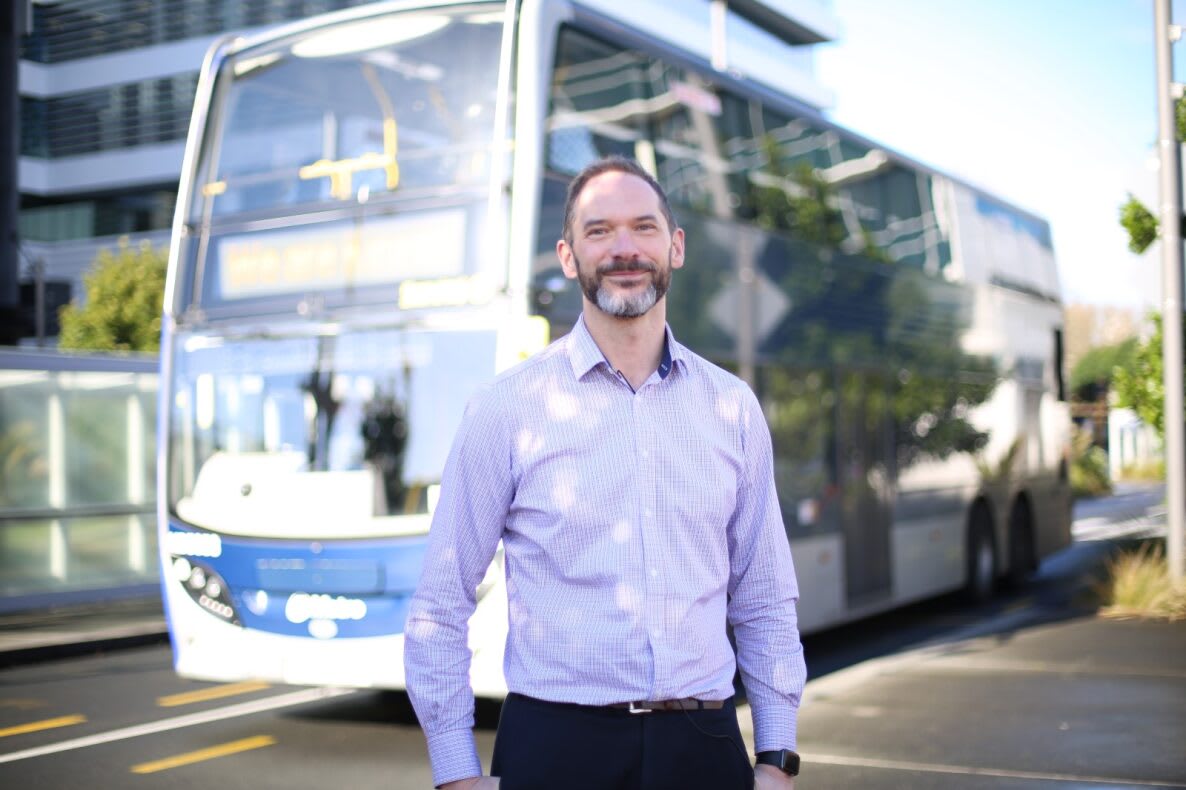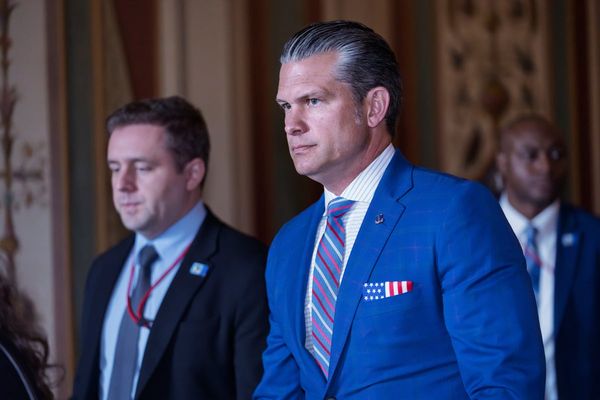
The bus driver shortage is finally over, but roadblocks still await Auckland Transport as it marches forward on its quest to return patronage to pre-pandemic levels
After a rocky few years for Auckland’s bus-riding public, the bus driver shortage is over and greater reliability can be expected from the city’s key transport network.
A lack of drivers has plagued the bus network, with around a thousand daily trips being cancelled earlier this year, on top of general reductions to service offerings due to budget cuts.
READ MORE:
* Urgent funding review needed for Auckland's fault-ridden transport network
* Cuts and job losses at Auckland Transport across the board
The end of staffing woes means enhanced reliability to the service and fewer cancellations – however, the reinstatement of bus services lost during the early part of the pandemic is only expected in the second quarter of next year.
The driver shortage was at its peak in December 2022, when there were about 75 percent of the needed number of drivers.
Now there are three more drivers on the payroll than the 2,306 required to operate full service.
Auckland Transport Metro optimisation manager Richard Harrison said immigration changes and a pay bump were big factors in tackling the shortage.
“The root cause of the driver shortage was closing the borders,” he said. “It kept Covid out but it also dried up the usual flow of people coming to New Zealand. It also meant we lost quite a few drivers who took it as an opportunity to go home, while others saw it as a time to make a career change.”
Harrison said pay increases provided by government, council and private operators had seen drivers earn an extra $8,000 to $10,000 a year on average.
He said this, with pathways to residency set aside for immigrating drivers, was a big boon for the transport agency.
But while the biggest threat to the resilience of Auckland buses has been dealt to, it's just one more stepping stone on Auckland Transport’s quest to return public transport usage to pre-pandemic levels.

The highest year for patronage was the year to September 2019, when passenger boardings for the year reached almost 100 million.
But buses have been emptier since March 2020, when lockdowns brought patronage down from more than six million rides a month to around just six percent of that.
Numbers only began to show an upswing around five months ago.
Auckland Transport chief executive Dean Kimpton has previously said the goal was to bring patronage of buses in Auckland back to pre-pandemic levels by the beginning of 2024.
And in a statement of intent being delivered to a council committee today, the agency says it wanSave Scheduled Articlets to recalibrate its operations for the communities it serves.
AT plans to undertake and publish more research, engage more closely with communities and update processes to reflect the priorities of Aucklanders.
It will also be held accountable by a raft of new measures and targets, such as resolving more complaints and increasing annual patronage.
Other targets and measures are actually decreasing – the targeted number of people using cycle networks is going down from 3.854 million in 22/23 to 3.12 million in 23/24, before beginning to rise again each year.
Another less favourable measure is the percentage of assets in critical condition, the target for which increases slightly each year. This lines up with Kimpton’s repeated warnings to the council that the cost of renewals is expected to increase year-on-year and eventually muscle-in on the agency’s ability to do other capital expenditure unless new revenue streams are found.
Overall, the transport agency’s statement of intent outlines a desire to champion Aucklanders' needs – but acknowledges it’s not there yet.
“We are suffering from a serious lack of trust and need to regain social licence,” the statement reads. “Many of our relationships with key partners are not in a place (yet) to build partnerships. We must improve relationships and build trust first.”
Harrison was pleased to have turned the corner from recovery mode to growth, although there remain plenty of challenges, such as attracting people back to the service after unreliability had driven them away.
“One thing is how do we win back people that might have lost confidence in the network,” he said.

The numbers show in the past few weeks people have been riding the buses at levels usually reserved for the more bus-friendly weather of March. Harrison said that’s testament to the fact people are starting to see the system as more reliable again.
“People are rewarding us by getting on board now they can see the buses are more reliable,” he said.
Other challenges include the increased prevalence of remote work. Even big public transport fans may take the bus or train less each week if they work a few days from home.
The pandemic normalising work-from-home has changed the profile of travel. Harrison said there had been a shift to more off-peak travel, as people use public transport more for leisure reasons.
This could be seen on the big increases in ferry use at the weekends: it’s the one mode actually outstripping patronage from 2019.
Finally there’s the challenge of getting people onto buses who have never used public transport before. They could be visitors from overseas or elsewhere in the country, or simply Aucklanders who to date have preferred their private cars.
Harrison said the introduction of broader payment options like PayWave, Google Pay and Apple Pay across Auckland Transport services in the next year would help.
Harrison recently returned from a conference in Australia, where he was encouraged to learn Auckland had actually been doing relatively well in patronage terms.
“I came back heartened that we aren't alone in this and our performance is actually going well,” he said. “Countries like the United States are still thinking about what they need to change after Covid and could in fact learn from us.”
Self-reported figures collected at the conference showed US rail systems are at less than two-thirds of their pre-pandemic patronage, while cities like Brisbane and Melbourne have had similar recovery rates to Auckland.
Meanwhile, the return to Auckland’s ferries has been unprecedented, with current patronage levels at 130 percent of those in 2019.
That presents yet another challenge for Auckland’s transport providers.
Worker shortages on Auckland’s ferries continue, with staffing levels at 88 percent of desired.
Auckland Transport said its ferry service had deteriorated over the past two years, although public patronage remained high.
There remains a shortfall of around 25 skippers and deckhands needed to return service to pre-pandemic levels.
Harrison said the ferries face similar challenges to the buses, with closed borders having reduced the pool of potential staff. But more expensive and intensive training and qualification requirements mean it was a tougher knot to untangle.
“There isn't the pathway to residency for the ferries like we have,” Harrison said. “But now that the bus driver shortage is resolved we can focus more on solving that.”
An accelerated skipper training programme is planned to begin in October, but it’s not all plain sailing – training can sometimes require the temporary suspension of some services.
Maritime New Zealand rules state trainees require a fully qualified skipper at their side as they learn the ropes. That puts a squeeze on an already strained system.
“We have to have a tradeoff somewhere to be able to do the training,” Harrison said.







